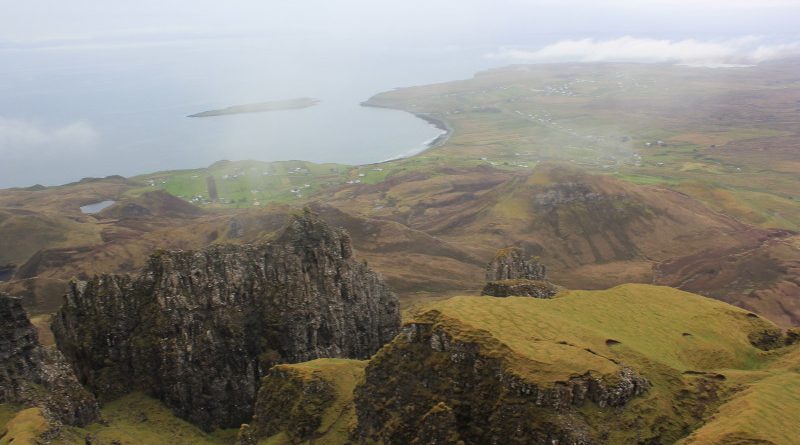Birds, beer, ferries & hills: Isle of Skye by motorhome
Visiting an island just doesn’t feel special unless you arrive by ferry. Road bridges are great if you’re in a hurry. They may be a boon for people who actually live there 🙂 but they don’t provide the sense of anticipation and arrival you get when driving on and off a ferry.
That’s why when we spent a few days touring Skye in our motorhome recently, we opted to arrive and depart by ferry. Two different ferries.
I have to admit that until the day before I left, I didn’t realise that there were two different ferry routes to Skye. But there are. Alongside the year-round Calmac service from Mallaig to Armadale (which we used to return to the mainland), a historic turntable ferry still plies its traditional route across the Kylerhea straits, between Glenelg and Kylerhea.
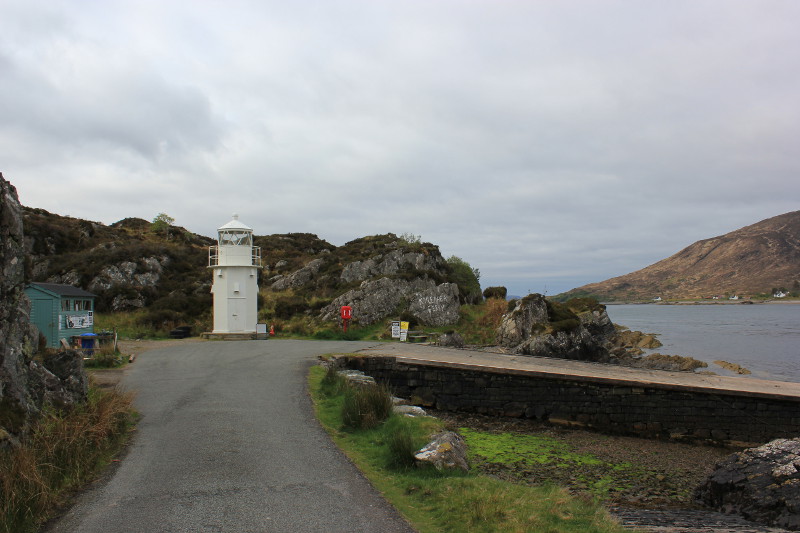
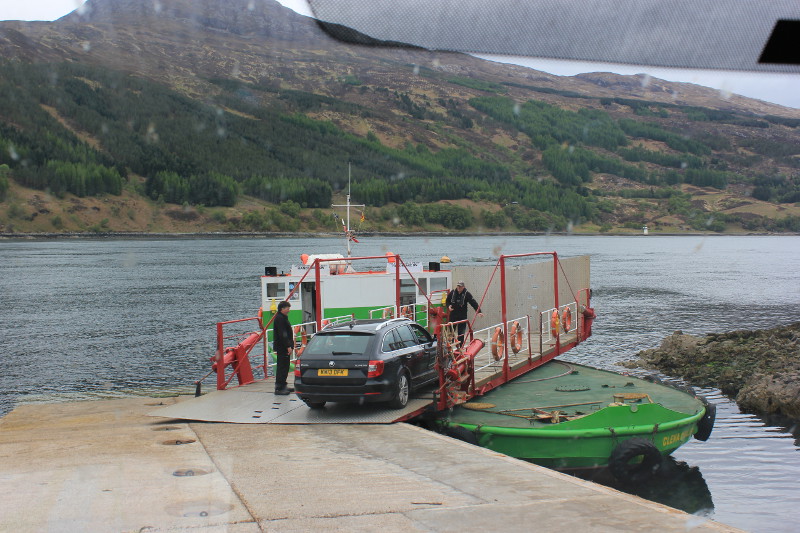
A ferry has been plying its trade across this picturesque route since 1934. Today, the Glenachulish is the last manually operated turntable ferry in Scotland. Sailing times vary through the year and it doesn’t run in winter, but if you get a chance I’d highly recommend it. You can find full details on the Glenelg-Skye Ferry website.
Glenelg is also a popular spot for wildlife watchers. Having missed the last ferry the evening before, we spent the night nearby and were joined by a number of birdwatchers hoping for a sight of a sea eagle. They eventually departed in disappointment — and about five minutes later the eagle flew directly over our van!
We make it to Skye
On arriving at Kylerhea, we parked in the nearby car park and walked to the Otter hide. It’s a very large and well-appointed hide (it even has double glazing). There were loads of seals, but the conditions weren’t much good for otters. We soon moved on. We’re not really a big fan of such organised spotting opportunities, anyway (if you’re looking for a list of the birds we spotted in Skye, skip this bit and scroll down!).
As it turned out, the dry sunny weather we’d enjoyed so far was about to come to an end. As we enjoyed the scenic drive from Broadford to Elgol the rain set in. Having visited Scotland’s northern isles more often than its western isles, one thing we weren’t prepared for was the number of tourists (actually, we should have been prepared. I also commented in this last time we visited, back in 2010). At Elgol — which is a small fishing village at the end of a long road — the parking was full and a trendy cafe was doing a roaring trade.
A constant stream of UK and Euro tourists in hire cars was to be one of the themes of our visit to Skye, even though it was only mid-May. I’m not keen to find out what it must be like in peak summer. The rain did eventually stop, by which time we’d driven from Elgol to the town of Portree and then onwards to join a line of cars parked at the start of the Old Man of Storr walk.
This is one of the better-known highlights of the Trotternish Peninsula. On a clear day the scenery would be stunning. We decided to have a bash despite the low cloud and risk of rain. We did indeed get wet, but the low cloud cleared briefly when we were near the top, giving us a quick glimpse of the old guy.
This is a more demanding walk than our Lonely Planet’s glib “round trip 2 miles” suggests. I reckon it’s more than 2 miles return, and the steep and continuous gradient certainly makes it a fair slog on the way up. We saw quite a few people turn around.
Hard walking & beer!
Staffin Bay parking proved to be a good spot to overnight, albeit in company. Early the next morning we cranked up the beast and perhaps awoke the late night party animals next to us, as we headed up to the Quirang for another walk.
The hills on Skye aren’t high by mountain standards, but they are steep. This was another hard slog to the top, albeit very picturesque. 2.5 hours later we’d completed the loop and were back at the van. By this time (mid-morning in May), the car park was overflowing to the extent that a passing delivery truck had difficulty getting through.
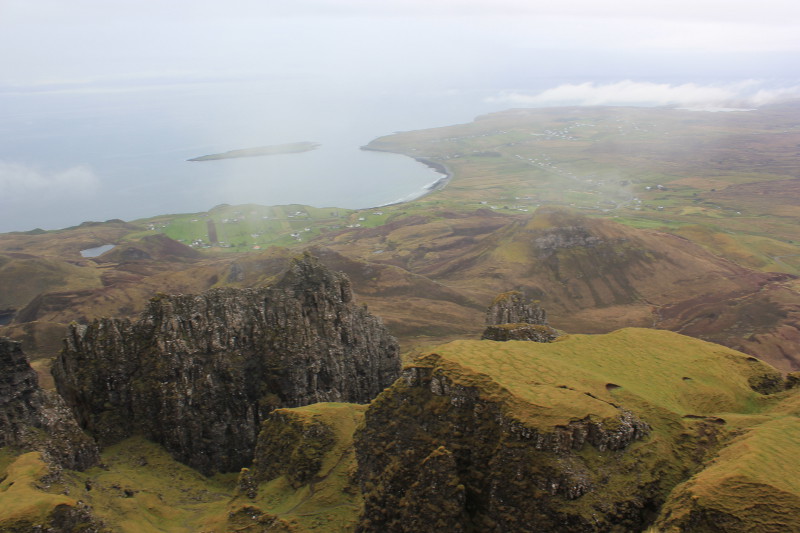
We headed down to Uig where we had lunch in the sun. While there, we splashed out on a few bottles at the Isle of Skye Brewing Co.. We then drove south-west towards Dunvegan, where we called into Skye’s oldest bakery (highly recommended — cheap and good) for some cakes.
After sampling our Isle of Skye Brewing Co. beers a few days later, our overall impressions were pretty mixed. At the time of writing, I haven’t tried the IPA. But of three we have tried (Red, Gold and Black) the only one we’d buy again is the Gold. And we normally prefer darker ales.
Call me cynical, but I sometimes think that some of these geographically distinctive breweries trade more on their location than the quality of their beer. Valhalla Brewery in Shetland (Britain’s most northerly brewery) is another one whose ales have always underwhelmed us. On the other hand, The Orkney Brewery beers are excellent. So I guess it varies.
Getting back to the walking, the final biggish walk of the trip was the Coire Lagan walk in the Cuillins. This is one of the few Cuillin walks that’s accessible to normal walkers, and doesn’t require any climbing.
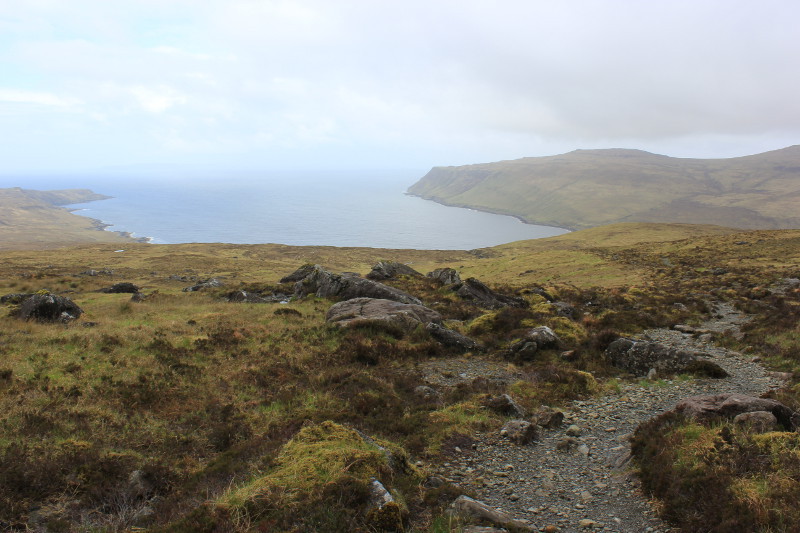
Starting from the parking area just outside Glenbrittle campsite, we had our heads in the cloud again for perhaps the top quarter of the walk, so couldn’t enjoy the full majesty of the views. But it’s safe to say that the scenery is impressive down in this south-western corner of Skye, and quite different to some other areas. For guidance, the round trip took us three hours at a reasonable pace.

Bird list
In our four days on the Isle of Skye, we saw and heard a lot of birds, but very few were accessible for photos. Notwithstanding this we did have a spot a few less common birds and managed (I think) to build up a respectable list:
- Coal tits & long-tailed tits
- White-tailed eagle (sea eagle) — two, in different locations
- A pair of cuckoos — we listened to these for ages and eventually spotted them darting between some trees
- Wheatear
- Oystercatcher
- Hooded crows
- Stonechat
- Red-breasted Merganser (male & female)
- Siskin
- Grey heron
- Fulmars
- Cormorants
- Razorbill
- Curlew (heard, but didn’t see)
- Great Northern Diver
- A pair of Common Eider
- Kittiwakes
- Gannets
- Guillemots
- Black Guillemots
- Great black-backed gull
- Pied Wagtail
- Skylark
- Swallow
And that was pretty much it for Skye.

